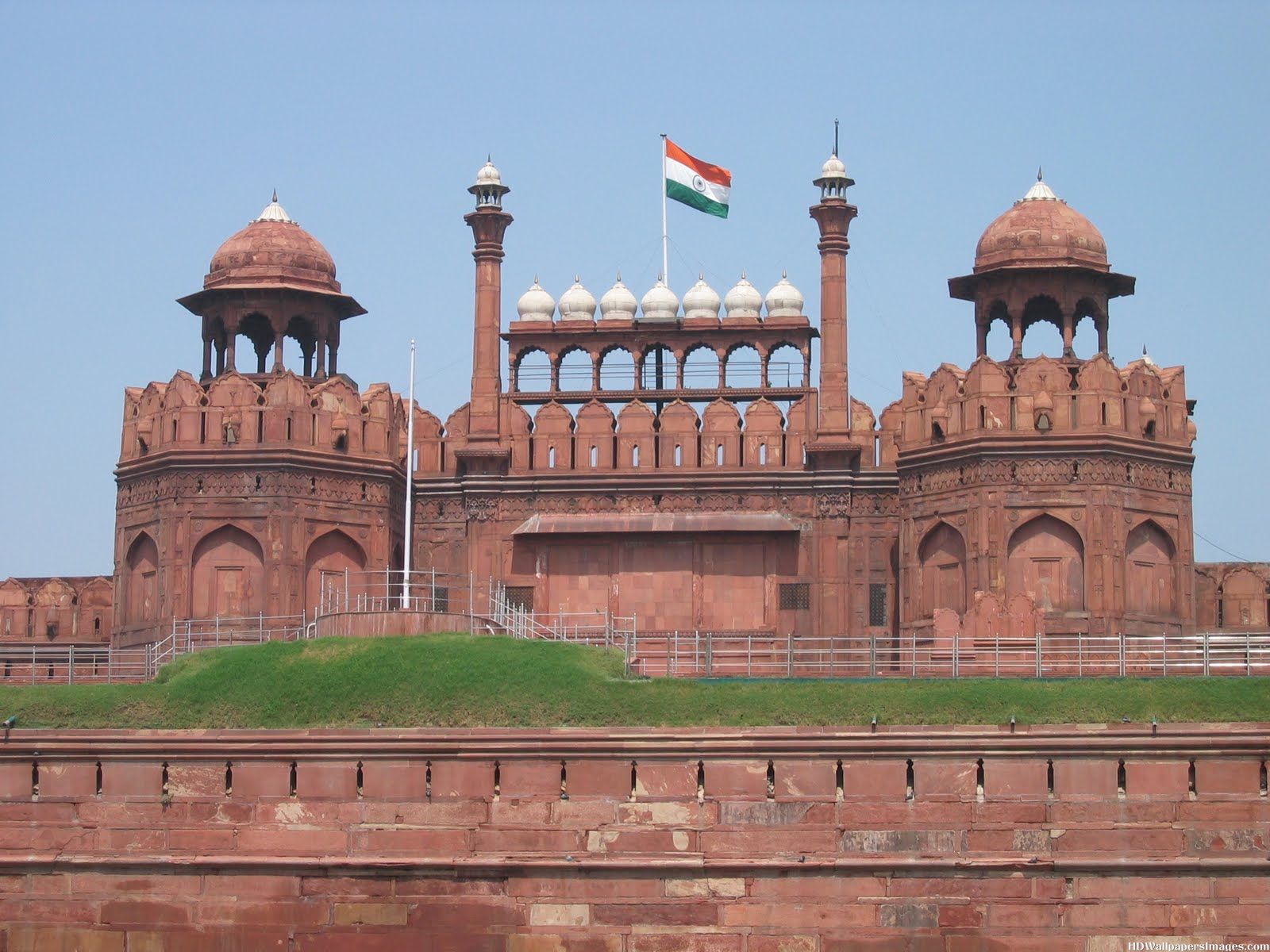Top 10 interesting facts about Red Fort
BACKLESS COLLECTION

It was originally known as Qila-e-Mubarak.
These are some of the interesting nuggets about the historic Red Fort.
Today, Red Fort is one of the most popular tourist destinations in Old Delhi
Every year on 15 August the day India achieved independence from the British, Prime Minister hoists the national flag here, followed by a nationally broadcast speech from its ramparts.
We bring some interesting facts about this marvellous Indian historical fort:
The Red Fort was originally white
As per reports, ASI (Archaeological Survey of India) has found traces of Mughal lime plaster on some parts of the fort. The original plaster is believed to have either faded or painted over by the British. While restoring the fort.
It took ten years to complete
Mughal emperor Shah Jahan built this massive fort when he transferred the capital from Agra to Delhi. The construction of this monument began in the month of Muharram on 13 may, 1638. It took ten years to complete the construction in 1648.
Its old name was Qila-i-Mubarak
A gate inside Red Fort complex.
The main architects of this monument were Ustad Ahmad and Ustad Hamid. During the times of Mughal, it was called Qila-i-Mubarak (the blessed fort).
It is Octagonal shaped
Red Fort in Delhi, c. 1905.
The fort is located beside the river Yamuna. A massive wall was built around the fort to protect it from the external attacks. The wall is build of red sand stone.
That is why the fort is called red fort. The fort have two entrances- Lahore gate and Delhi gate. The shape of this fort is octagon and it covers 256 acres of land.
UNESCO world heritage site
Sawan Pavillion, Red Fort
In 2007, it was declared UNESCO world heritage site.
UNESCO world heritage site
Bahadur Shah Zafar was tried for treason here
Bahadur Shah Zafar, the last Mughal emperor was declared emperor of India by the revolters IN 1857 when Indian soldiers rebelled against India.
The effort of Indian revolters failed and Zafar was tried for treason in his own home, the Red Fort. The trial took place in Diwan-i-Khas before the British military court.
It was inagurated in 1647
Shah jahan when comes to delhi after ruling Agra laid the foundation stone of Red Fort Delhi in 1618 and finally it's inaugration was done in 1647.
Males entry was prohibited to Rang Mahal
The Rang Mahal.
The Rang Mahal or the 'Palace of Colours' as it is known, holds a spectacular Lotus shaped fountain, made out of a single piece of marble, and housed the Emperor's wives and mistresses.
No man besides the emperor and the princes could enter these quarters and only eunuchs were trusted to relay messages.
Shah Jahaan's royal seat was studded with Kohinoor diamond
Diwan-i-Aam.
Emperor Shah Jahaan's royal seat stood in Diwan-i-Khas (Hall of Private Audience), made of solid gold frame and studded with precious stones such as rubies, emeralds, pearls and diamonds including the world’s largest, the Kohinoor.
It was pilfered by Nadir Shah, the ‘Persian Napoleon’. After passing several hands, it is now part of England’s royal Crown Jewels collection.
British govt sold the Red Fort Valuables
on 7 October,1858 With the end of the Mughal reign, the British gave official sanctions to remove and sell valuables from the palace at the Red Fort. In 1863, British destroyed many buildings inside and outside the fort, filled up the gardens, stripped the fort of any valuable items and reduced the fort to just a military structure.
You May Be Interested IN